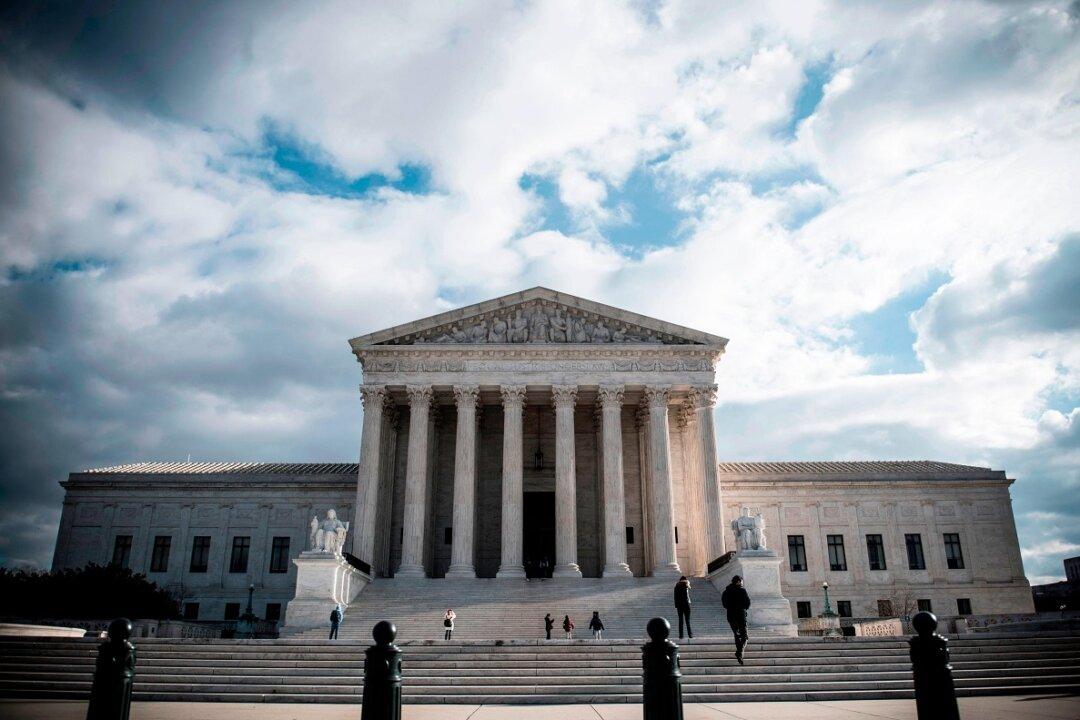Commentary
In late 2019, the Supreme Court will decide whether the Civil Rights Act of 1964 guarantees protections to gay and transgender people in the workplace.


In late 2019, the Supreme Court will decide whether the Civil Rights Act of 1964 guarantees protections to gay and transgender people in the workplace.